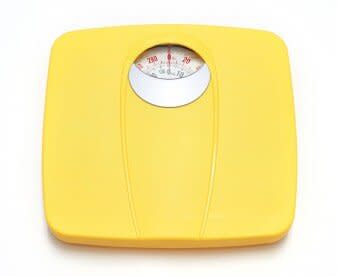Childhood Obesity Rate May Be Undercounted

The obesity rate among American kids may actually be higher than the 18 percent of children the Centers for Disease Control currently classifies as obese, according to an analysis published in the journal Pediatric Obesity. As many as 25 percent of obese or overweight kids may not be counted because the tally is based on the body mass index (BMI), a calculation that researchers say is flawed because children's height and weight change rapidly as they grow--and not always in proportion with each other.
"BMI is not capturing everybody who needs to be labeled as obese," said Francisco Lopez-Jimenez, director of preventive cardiology at the Mayo Clinic in Rochester, Minn., who headed the study with Asma Javed, a pediatric endocrinology fellow.
Measuring body-mass index is a relatively easy and inexpensive way to screen for obesity among large groups of people, such as children in a school setting. A problem is that BMI, a calculation based on a person's height and weight, isn't well suited to children because their height and weight don't proportionally increase as they grow, said Ruth Loos, a professor of preventive medicine at the Icahn School of Medicine at Mount Sinai in New York, who wasn't involved with the Mayo study.
"It doesn't mean that we cannot use BMI in childhood but it requires extra caution," she said.
Other recent research has linked everything from sleep deprivation to weight-based name calling with an elevated risk of childhood obesity. Research released earlier this year had claimed a significant drop in the childhood obesity rate in the U.S., but subsequent research actually showed a sharp increase in the number of severely obese kids.
Image: Scale, via Shutterstock
